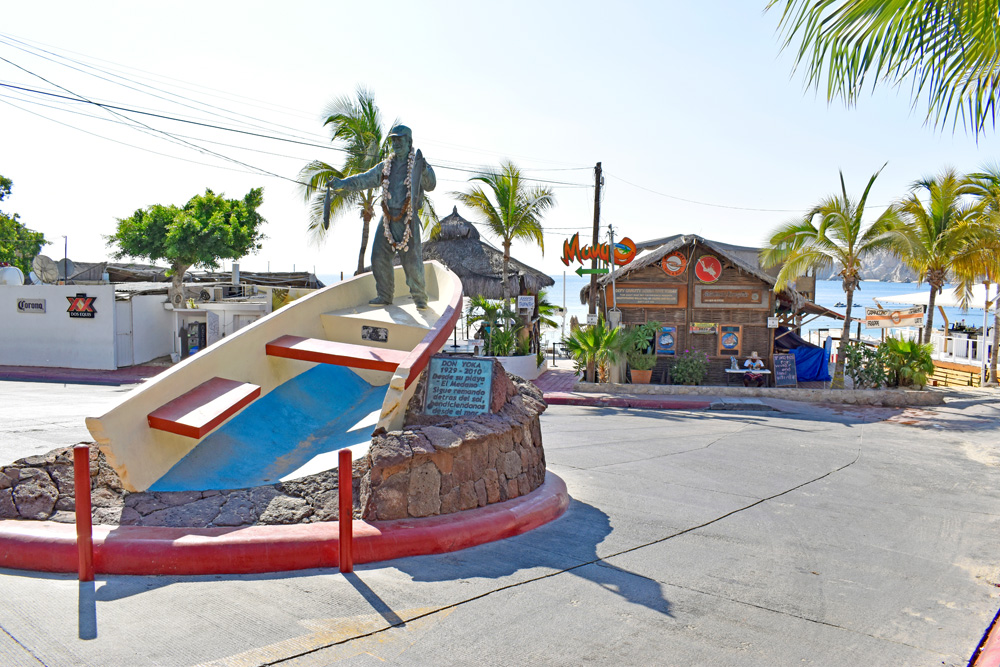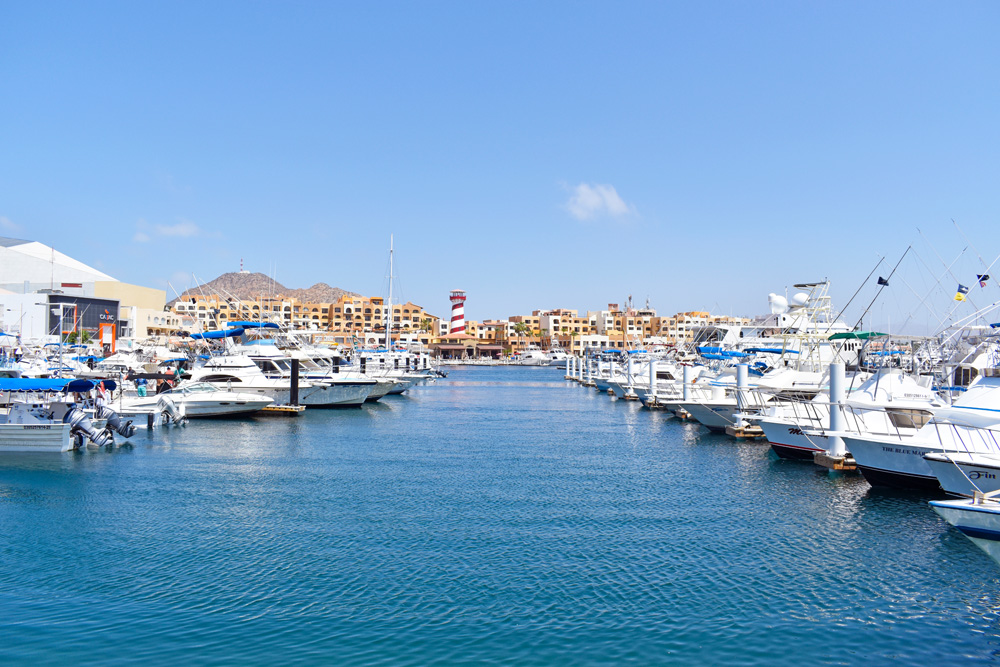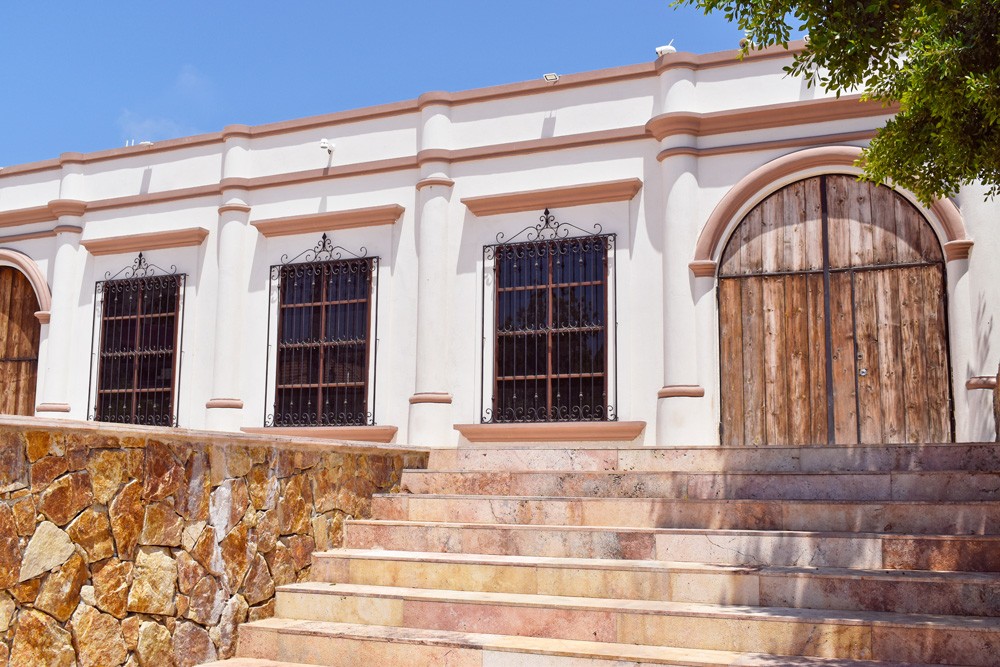Cabo San Lucas
Pre-Colonial & Colonial Era
Before colonization, the Pericúes indigenous people inhabited this region, calling it Yenekamú. The first Spanish contact occurred during Hernán Cortés’ expeditions to the Mar de Sur (now the Mexican Pacific).
By the 1540s, the southern peninsula was named Cabo California (Cape California). In 1541, navigator Francisco Bolaños renamed it Cabo San Lucas upon finding shelter in the bay during a storm on Saint Luke’s feast day.
These names appeared on landmark maps:
-
1545: Antonio Pereira’s map (first recorded “Punta California”)
-
1562: Royal cartographer Diego Gutiérrez officially charted “Cabo California”
Pirates & Manila Galleons
After discovering the Philippines, Manila Galleons began sailing near California, attracting pirates like Thomas Cavendish, who looted the galleon Santa Ana in 1587. Despite needing a safe port for the Manila-Acapulco trade, permanent settlement only began with the 1730 founding of Misión San José del Cabo.
19th Century: Settlement & Growth
-
1823: First land title granted to Don Cipriano Ceseña
-
English sailors (Wilkes, Green, Ritchie, etc.) settled, establishing prominent families
-
1856: Designated an open port with La Paz and Mulegé
-
1860s: Permitted steamships from San Francisco and Alta California
Local ranches (La Cuadrada, Mesa Verde) exported:
-
Dried meats & chorizo
-
Cheese
-
Leather goods (deerskin, rawhide)
20th Century Milestones
1905: The Cabo Falso Lighthouse was built to:
-
Guide trans-Pacific navigation
-
Assert federal presence in this strategic location
Today, this “Old Lighthouse” is a cultural landmark.
The Tuna Industry Era (1925-1970s)
In 1925, the Compañía de Productos Marinos established Cabo San Lucas’ first cannery aboard the factory ship Calmex, processing yellowfin tuna, jack mackerel, and skipjack for U.S. export. By 1929, operations moved onshore, significantly boosting production.
For over 50 years, tuna fishing:
-
Fueled the local economy as the region’s primary industry
-
Created international exchanges with Japanese, Yugoslav, American, and Austrian fishermen training local crews
-
Earned global recognition for Mexican tuna fisheries
The 1939 Flood & Relocation
On September 14, 1939, a catastrophic storm:
-
Triggered mudslides from the Sierra mountains
-
Buried the original town under debris
-
Forced residents to rebuild as “Pueblo Nuevo” (now the Old Town area)
Tourism Revolution (1950s-1980s)
Early Beginnings
-
1950s: Elite hotels opened (Palmilla, Hotel Cabo San Lucas, Hacienda)
-
1970s: Game-changing developments:
-
Marina construction
-
Transpeninsular Highway completion (1973)
-
International Airport opening (1976)
-
Municipal Changes
-
1976: Became a delegation of La Paz Municipality
-
1980: Joined the newly created Los Cabos Municipality




